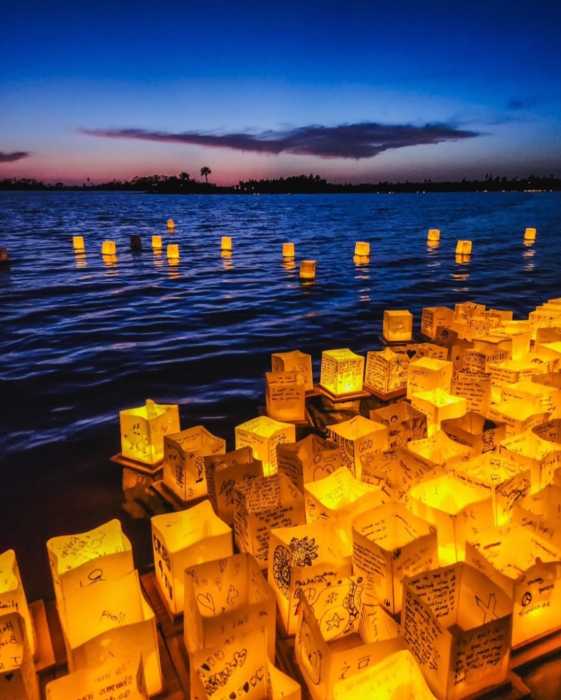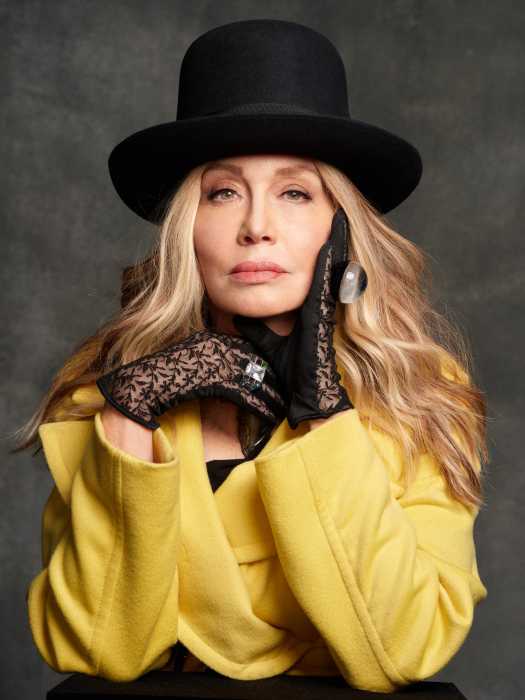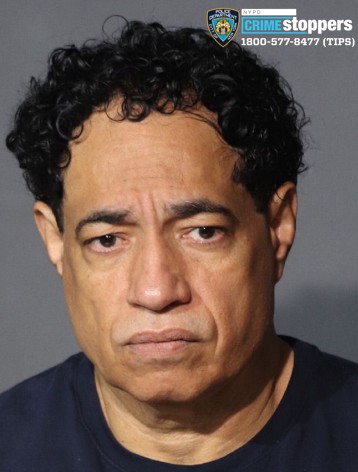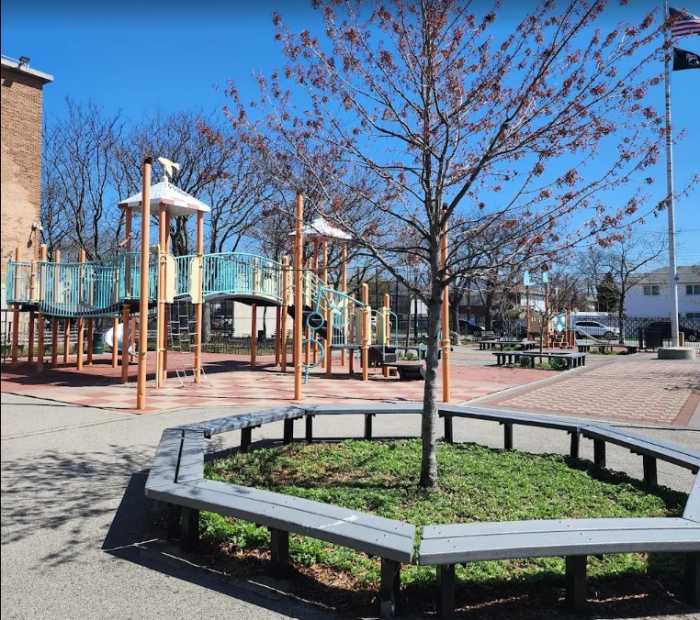By Joan Brown Wettingfeld
As we contemplate the coming Millennium and look back over our past, from the standpoint of local history it is more than curiosity which prompts us to consider how Queens communities got their names.
Though many Queens names date from our early history and were significant in their time, others were selected by real estate companies that developed tracts of land, laid out streets, built homes, and subsequently named their new communities.
One early historian claimed that the first local settlement in what was to become Queens County was on the shore of Long Island in an area later known as North Beach, it is a theory that remains unauthenticated to this day. The earliest settlements, it is now agreed, were Flushing (Vlissingen) and Maspeth (Mespat), soon followed by Jamaica (once known as Rusdorf and Jameco). Not far behind them was Middleberg or Newtown. Many early names were derived from the Indian language.
Vlissingen, or Flushing, was established in 1639 by a group who had immigrated there to escape religious persecution. Not long after, in 1642, Maspeth was settled by the Rev. Francis Doughty, who had come to Massachusetts from England many years earlier. The settlement was called Mespat for the Indian tribe of that name.
Next to be settled by English families from Hempstead seeking to better themselves was Jamaica (1655). The tract of land they obtained from the Dutch governor was first called Rusdorf, then Jameco, and received its present name in 1680.
When the county of Queens was first organized, Jamaica became its county seat in 1683.
Newtown at first comprised the first and second wards of Queens, but in 1870 Long Island City received a separate charter which it held until the consolidation of the boroughs into Greater New York in 1898.
Astoria, formerly known as Hallet




































